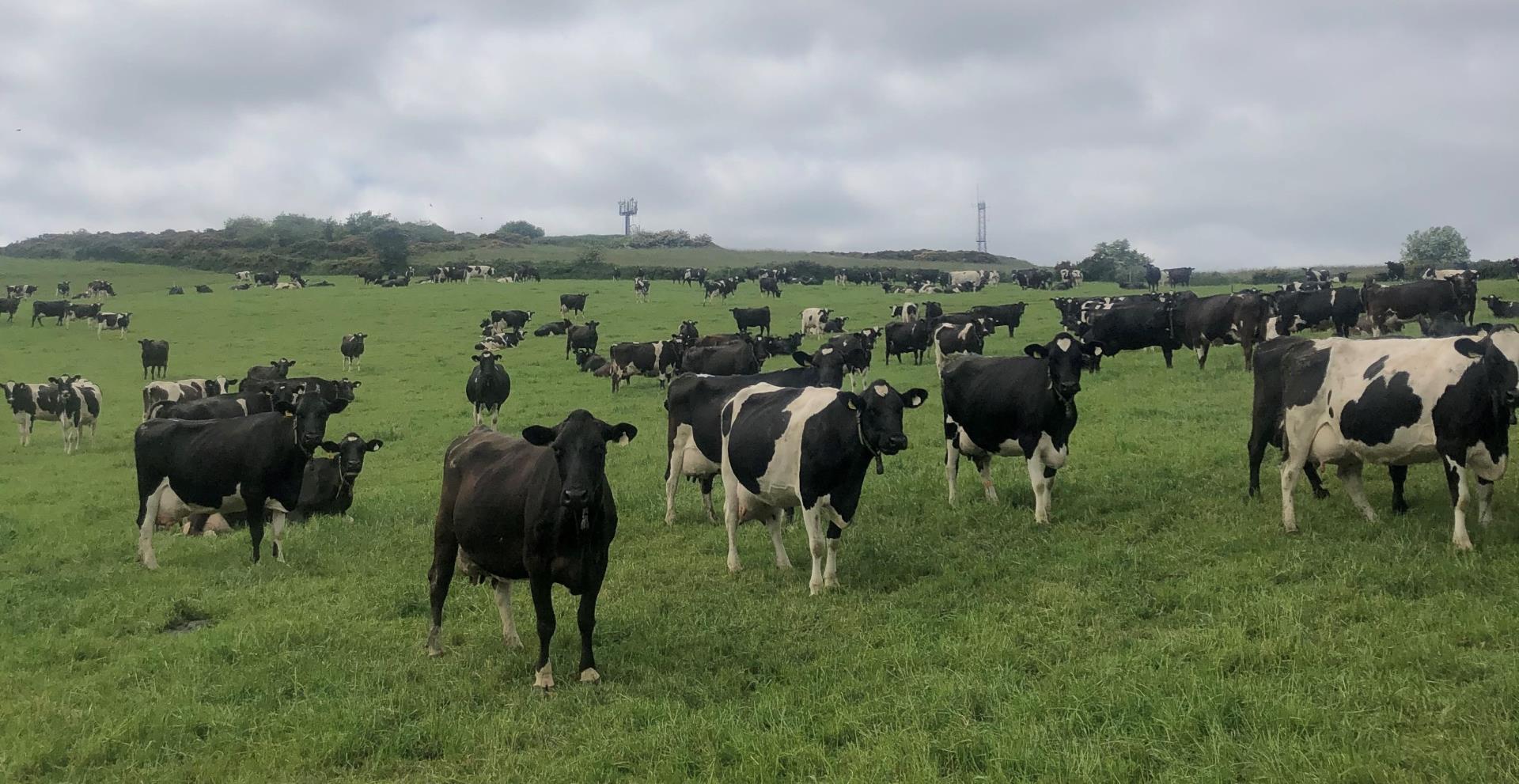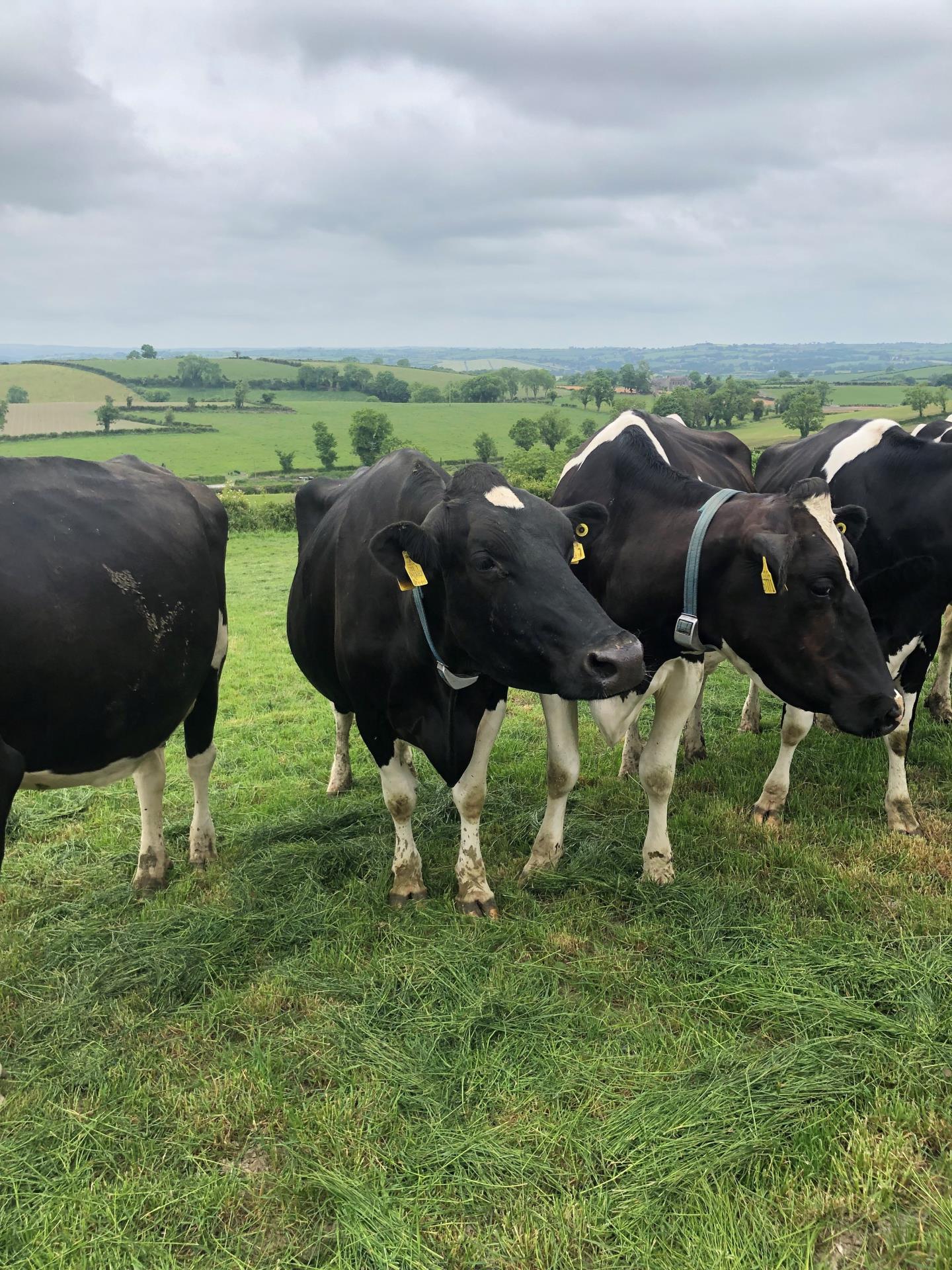Millie, one of our consultants, went on an annual trip with a local dairy discussion group, this year, it was a four-day trip to Northern Ireland, where they visited 8 different dairy farms across the country. The farms visited ranged from 100 cows on a full robotic system, 600 cows fully housed and 250 cows on a New Zealand style grazing system. The key messages taken from all the farmers include:
Self-sufficiency
 Similarly, to England, many of the farmers are struggling with non-farming companies buying large sectors of land and inflating the prices, making it very difficult to have a large farming block. Many farmers are keen on making the most of their forage producing areas, with strong reseeding programmes with a majority sowing ryegrass leys with some farmers sowing ryegrass alongside clover to ensure the best possible leys.
Similarly, to England, many of the farmers are struggling with non-farming companies buying large sectors of land and inflating the prices, making it very difficult to have a large farming block. Many farmers are keen on making the most of their forage producing areas, with strong reseeding programmes with a majority sowing ryegrass leys with some farmers sowing ryegrass alongside clover to ensure the best possible leys.
Many farmers also had a form of renewables on farm whether it was solar panels or a wind turbine, the argument being that this helps insulate them from the sharp rise in electricity costs and reduces the exposure to volatility in their cost of production. This has partly been assisted by environmental grants funding approximately 40% of the cost.
Work-life balance
A key discussion point made on nearly all farms visited was the importance of proper work-life balance. With many changing the farming set up to ensure they meet a proper balance and the farm fits around their lifestyle.
Part of this attitude is having good relations with neighbouring farms and using them for contract rearing of their heifers. This helped with managing workload especially over the weekends and eliminated a job that they found difficult to source labour for. This was often very beneficial as many of the neighbours wanted to continue farming but not as intensive as they had been in the past.
Another key aspect of this was the use of contractors for up to all machinery work, with many farmers stating that labour was a key limiting factor on the farms, many of them had chosen to use contractors for a large proportion of their machinery work. This helped reduce the workload and the labour requirement significantly. With some farmers having the contractor on farm every week.

Investment
Most of the farmers had made significant investments into the farms on varying proportions, with many investing in renewables, robotics, and herd monitoring. The key attitude being that if it makes life easier, saves time and money then it’s a good investment. A large investment was having weigh cells in every point on a 60-point rotary with auto-identification, using this to monitor any body condition changes throughout the lactation, with proactive monitoring for ketosis and health incidences especially post-calving. This was linked to duel feeding in the parlour with both a cake and liquid feeds being fed based on yield and any body condition concerns.



